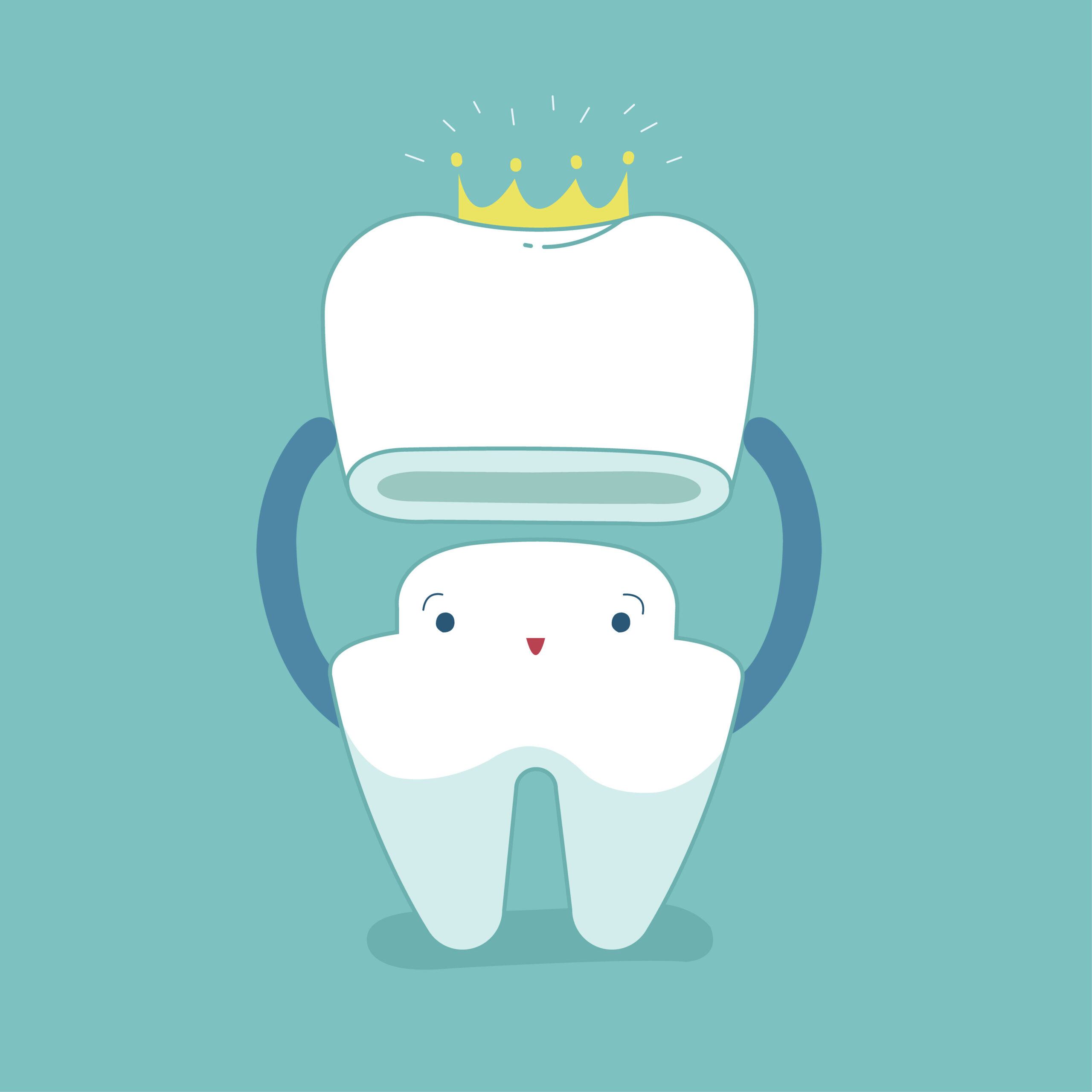
How Bad Can a Tooth Be and Still Get a Crown at the Dentist
If you have a severely decayed or damaged tooth, you may be wondering if it can be saved. Crowns are commonly used in dentistry to cover, protect, and restore teeth that contain large fillings, are too worn or decayed, or have cracked, chipped, or broken. Keeping your natural teeth is always recommended whenever possible; therefore, it’s generally best to restore the damaged tooth using a crown. But many wonder how bad a tooth can be and still get a crown.
When are Dental Crowns Necessary?
Single crowns are one of the most performed restorative procedures in dentistry. One aspect that makes them popular is their longevity. According to the National Library of Medicine, most crowns can last at least five years but may last as long as 15 to 20 years.
There are many situations in which an oral dental crown can be advantageous, such as the following:
- To restore a severely decayed tooth.
- To repair a chipped, cracked, or broken tooth.
- To protect a tooth after a root canal.
- To replace a large damaged or worn-out filling.
- To cover a tooth for cosmetic purposes.
How Much Tooth Is Needed for a Crown?
Before you can determine if you are a good candidate, you must understand how a crown is attached to a tooth. Your dentist will prepare your tooth for a crown by first removing any damaged tissue or decay.
An impression of the tooth is then taken to create a custom crown. Crowns can be constructed from a wide range of materials, such as resin, porcelain, ceramic, or metal. The area is then prepped before the crown is attached using dental cement. Once attached, it is filed and shaped to match your existing teeth.
Dental crowns are designed to adhere to the tooth structure underneath. This means that there must be adequate tooth structure to securely attach the crown. If a tooth is missing more than three-quarters, your dentist may build up the tooth using a composite resin material before placing a crown.
It is often possible to attach a crown to a broken tooth, as long as the break is not too severe. Composite resin can be used to patch cracks before placing a crown. However, there may be times when a tooth structure will not provide adequate stability to keep a crown firmly in place. If this situation occurs, a dentist may recommend a post-and-core foundation.
This type of procedure involves first performing a root canal to remove the damaged pulp. A post is then inserted in the canal and the core is built up around it to create stability for the crown. This post helps anchor the crown to ensure that it will not loosen or fall off over time.
When Should I Consider a Dental Implant?
In some instances, there simply is not enough reliable tooth structure to support a crown. In this situation, a dental implant is an effective alternative. Your dentist may recommend extracting what is left of the damaged tooth and placing a titanium post in its place.
The titanium post is surgically implanted into the jawbone to create a permanent foundation. The post serves as an artificial tooth root that is then attached to a crown to fill the gap, prevent shifting of your adjacent teeth, and create a more aesthetically pleasing smile.
Contact Us to Schedule a Consultation
If you are concerned about restoration options due to the poor condition of your tooth, speak with the dental professionals at Artistic Touch Dentistry. Our Melbourne FL dentist will work with you to determine the best treatment plan for your specific case. Schedule a consultation with Artistic Touch Dentistry today by calling 1.321.724.1400.

